What Is the Difference Between Ceiling Paint And Wall Paint?
Are they different and if they are, then what makes this difference?
If you are into various home renovations, you definitely know how important it is to choose the correct paint for your painting projects!
However, most of us would stumble upon the same question when in need of painting something in our home: what type of paint shall I buy?
Is it worth buying a ceiling paint? Or you could simply make use of the wall paint instead?
This is the point when the majority of home renovators feel the need to know the difference between wall paint and ceiling paint.
Some people wonder whether wall paint is the same effective on ceilings as on the walls, and others are curious about how their wall paint will “behave” is applied on the ceiling.
So today we want to make things clear and explain the difference between wall paint and ceiling paint. You will learn what each of these paints is, what makes it different, and what significant features each of these paints have that make it unique.
The Difference In Ceiling Paint And Wall Paint
Well, the major difference is that the wall paint is initially created for being applied onto the walls whilst the ceiling paint is initially meant for painting the ceilings. However, everything is not that simple as it may seem!
If we take a closer look at the major characteristics of each type of paint, we will see that both ceiling paint and wall paint are rather different substances.
However, it does not mean that these paints can’t be used interchangeably! In simple words, you can technically paint your walls with the ceiling paint. But, you will hardly be able to do it vice versa! Let’s see why it is so.
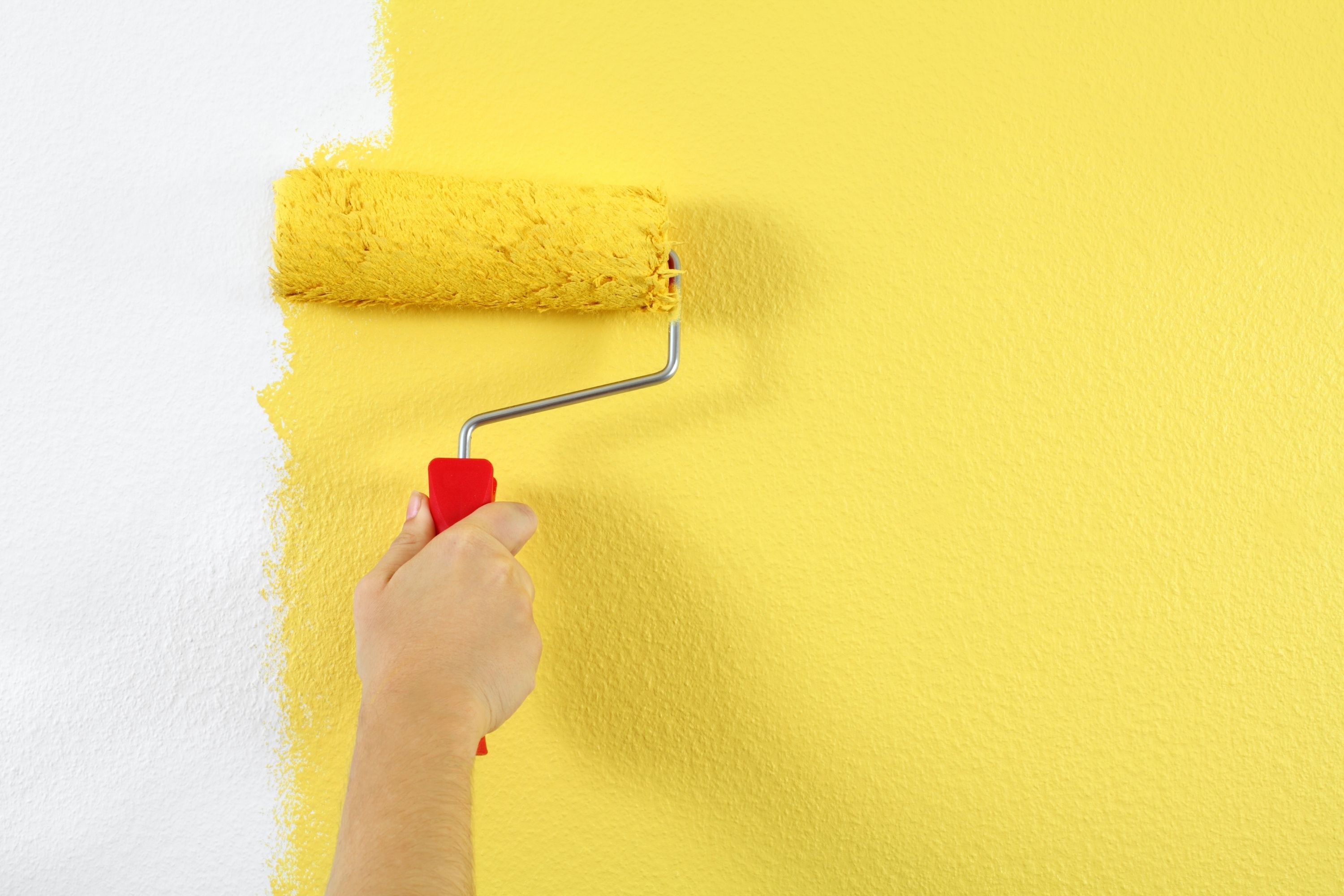
Credits: sumnersgraphicsinc, via Canva.com
Table of Contents
What Is Ceiling Paint?
Technically speaking, a ceiling paint is the type of paint that is designed for being applied onto the ceilings. It is a flat paint with a sheen finish because it has a nice blending on the low ceilings. In addition, this type of paint is better for getting more clean surfaces than matte finishes.
However, if we compare a ceiling paint and a wall paint, we will see that the ceiling paint possesses way more viscosity. Which makes sense since this type of paint is typically applied onto the surfaces under a certain angle.
And if the paint was too thin, it would splash and splatter. In addition, thinner paint would dry longer, and it it was applied onto the ceiling, you would have the paint dripping from above on your head! But a thick and viscouse ceiling paint gets dry pretty fast.
What else makes ceiling paint stand aside from the wall paint, you may wonder? Well, when working with ceiling paint, it is much easier to get a smooth and uniform finish.
This is because, in addition to adding body to the paint, a high viscosity also supplies full and opaque coverage in one coat. In simple words, this type of paint will easily cover various stains and all sorts of discoloration on your ceilings with much less effort spent from your side!

Credits: JodiJacobson, via Canva.com
Related: Can You Use Interior Paint Outside?
What Is Wall Paint?
In comparison to ceiling paint, the paint that we usually use for painting the walls has somewhat distinct characteristics. It is thinnner first of all. Also, wall paints typically consist of eggshell paint finish (compare it to the ceiling paint’s flat sheen).
In comparison to the ceiling paint, wall paint has way more colors and shades which means that you willhave a wider choice. Also, wall paints come in two different types, oil-based and water-based paint.
The first one needs more experience and skills from you, and also, it requires the use of additional chemicals, such as solvents, to clean the brushes and everything else that the paint got in contact with.
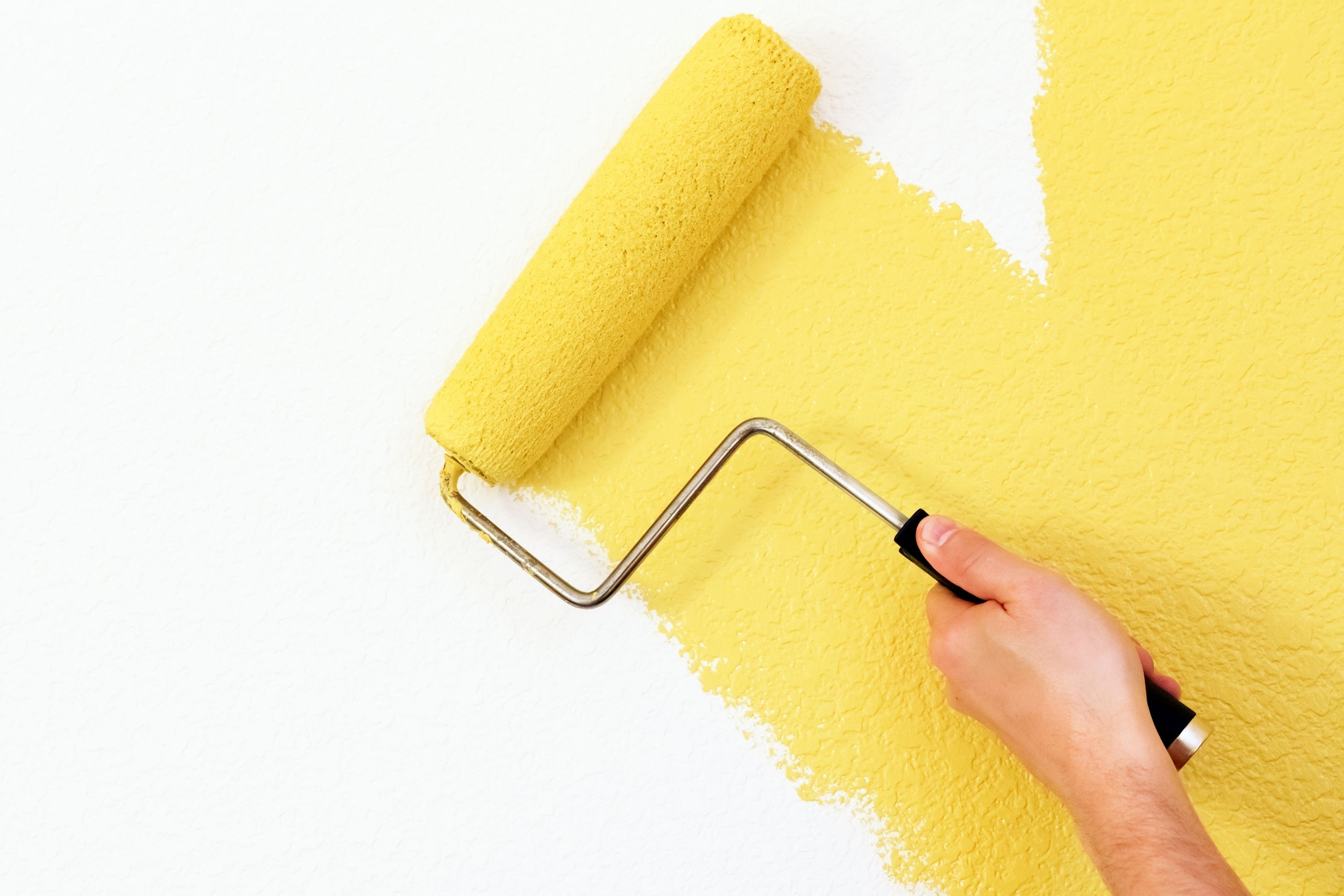
Credits: MariuszBlach, via Canva.com
That’s because oil-based paint can not be simply washed off with water and soap. Moreover, oil-based paint needs more time to dry.
As for the water-based wall paint, it dries faster and it is easier in terms of using it. It is also simpler to clean up after working with this type of paint.
So even these general distinctions can make you see better that wall paints and ceiling paints are quite different things! And now let us show you in detail wny these two types of paint can not be used interchangeably sometimes.

Related: How Long Does It Take For Behr Paint to Dry?
Ceiling Paint vs Wall Paint
To better understand what makes these two types of paint distinct, we offer you to familiarize yourself with the major aspects that make the difference between these paints. With their help, you will be able to figure out why wall and ceiling paint are not the same thing in fact.
So if we take these two types of piant and decide to compare them, we will see that they have several factors that are distinct:
- Finish
- Viscosity
- Coverage
- Color palette
- Prices
And what does it all mean, you may be wondering? It’s pretty easy, let us explain! Let’s start with the first aspect which is the finish. See, if we take a ceiling paint, we will see that it shows the flat impact so that light does not reflect on it.
This nuance aids in hiding any irregularities and spots that the surface may have. As for the wall paint, use of the flat finish is a must when you paint them with the wall paint. That’s because any shine, displays on ceilings far more than on the walls, can hook the light the wrong way.
In terms of the viscosity, the ceiling paint posesses literally coutless hiding abilities! In addition, it is thicker. Ceiling paint consists of more significant solids in it, which means that you can paint easily in a vertical direction with much less splatter and drips!
Coverage is also what makes these two types of paints distinct. The ceiling paint finish is smooth and it also gives that uniform coverage on the walls of your home.
When we use the ceiling paint, we provide body to the walls and ceilings as well, and we can get the opaque coverage in a single coat thanks to the high viscosity.

Credits: mikanaka, via Canva.com
In this way, it is possible to cover the imperfections on your ceilings with much less effort! This is why it is better and more reasonable to make use of a high viscosity paint in order to give an impressive look to the walls in your home.
In case you are going to use a paint sprayer, you should opt for the correct consistency of the paint though to fit this instrument!
Then, we have colors. If we take a look at the regular color palette of the ceiling paint, we will see that they mostly come in all shades of white, as well as pale colors (for instance, pale pink, blue, or pale yellow) that turn white after they are applied and dry.
Thanks to this, it is very simple to apply the second layer of paint if needed, as well as paint the missed areas.
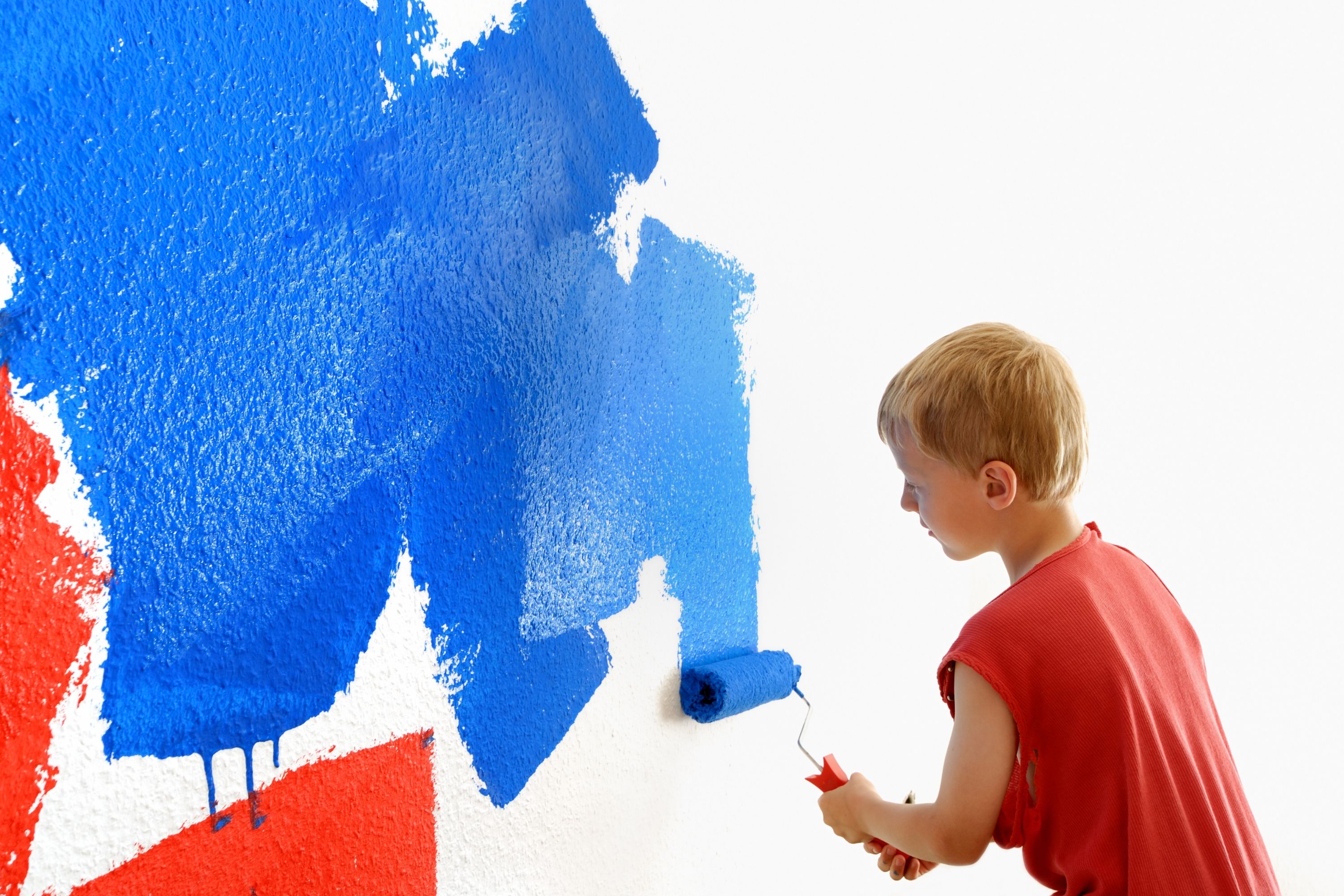
Credits: Andreasreh, via Canva.com
However, since the ceiling paints have minimal colors, you might find it difficult to find a suitable paint if you are looking for a brighter color option. On the other hand, it is still possible to create your very own and unique color by mixing several different ceiling paints!
And finally, here comes the price! The most thrilling nuance that so many home renovators are worried about! In general, to paint the ceiling in a standard 10 by 12-foot room, you can expect to pay between 150 and 30 dollars.
However, you need to make sure that the paint you choose is high-quality and contains of 45 percent solvent! Otherwise, it will be too runny.
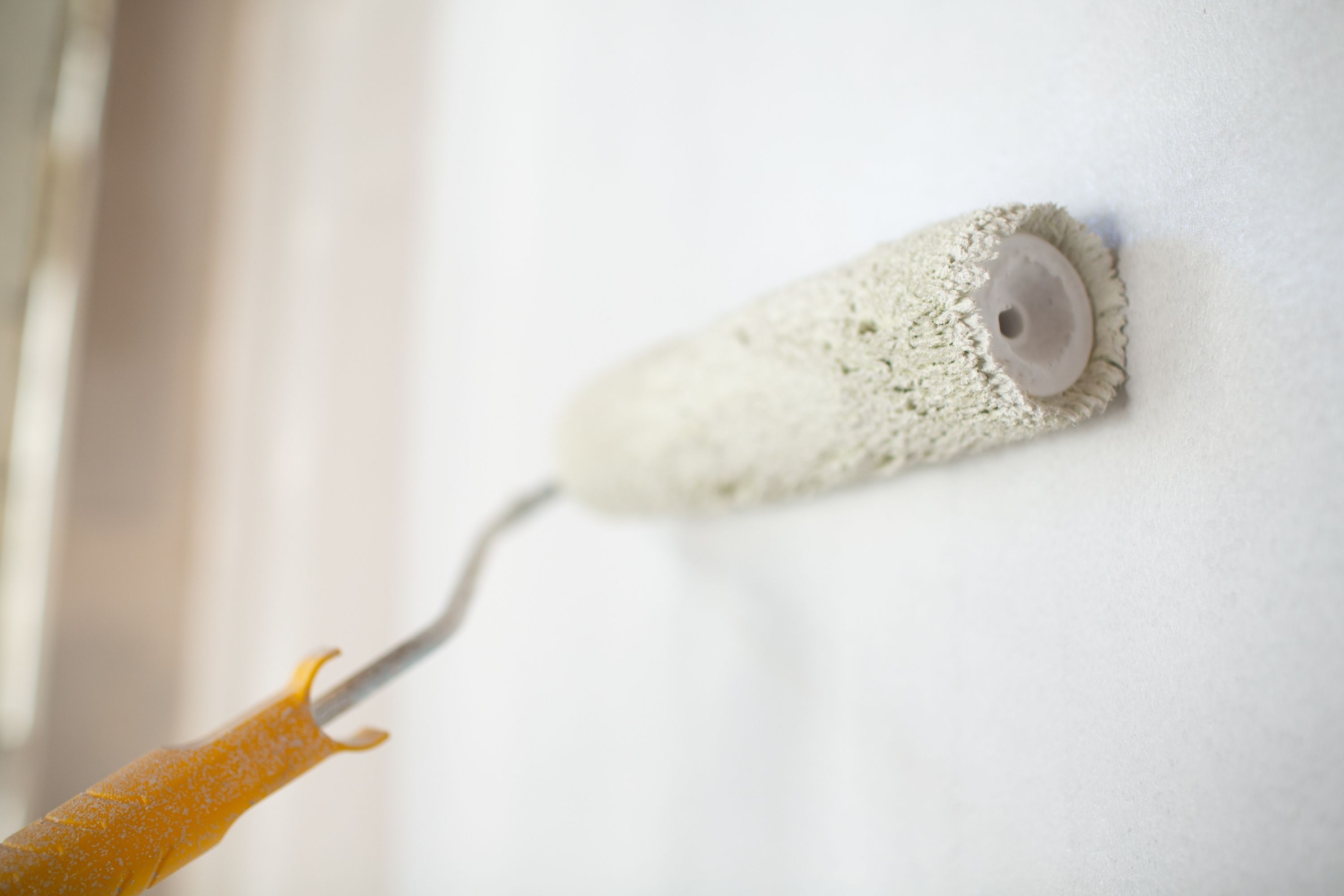
Credits: primipil, via Canva.com
Related: 12+ Ideas For Your Living Room Color Palette
Oil-Based Or Water-Based? How to Choose the Optimal Wall Paint?
If you are new to all this painting sphere, you might feel a bit confused when trying to decide which type of wall paint to buy. Shall it be an oil-based or a water-based type of paint? To make this choice simpler for you, we are going to explain what makes these two types of the wall paint distinct.
So first of all, let’s start with oil-based paints. The most important thing you need to know about this type of paint is that it is rather challenging to work with.
It requires the use of a solvent to wash the brushes and rollers, as well as other tools and equipment (e.g. the paint tray), since oil-based paints can’t be washed off with mere water and soap.
Also, you should wear the protective gear when working with it. But even then it’s not the end! In addition, oil-based paint has rather strong fumes which means that the room you are working in must be well ventilated. Finally, this type of paint takes more time to dry which should also be taken into account.

Credits: FatCamera, via Canva.com
In comparison, water-based paints are much simpler to handle! They dry faster and they are easier to clean up after. Also, they are less toxic compared to the oil-based ones, and the smell of the water-based paint is way less overwhelming.
However, this type of paint has its specific nuances! You need to clean the wall first prior to applying this type of paint. In addition, it is recommended to sand the wall as well in order to rough the surface up.
This will help the paint to adhere to the surface much better. In addition, there is another benefit that water-based paints have: they prevent the growth of mildew! And as a pleasant bonus, such paint will not fade in sunlight, as well as it will not crack or chip. Finally, it can be successfully used on the majority of surfaces.
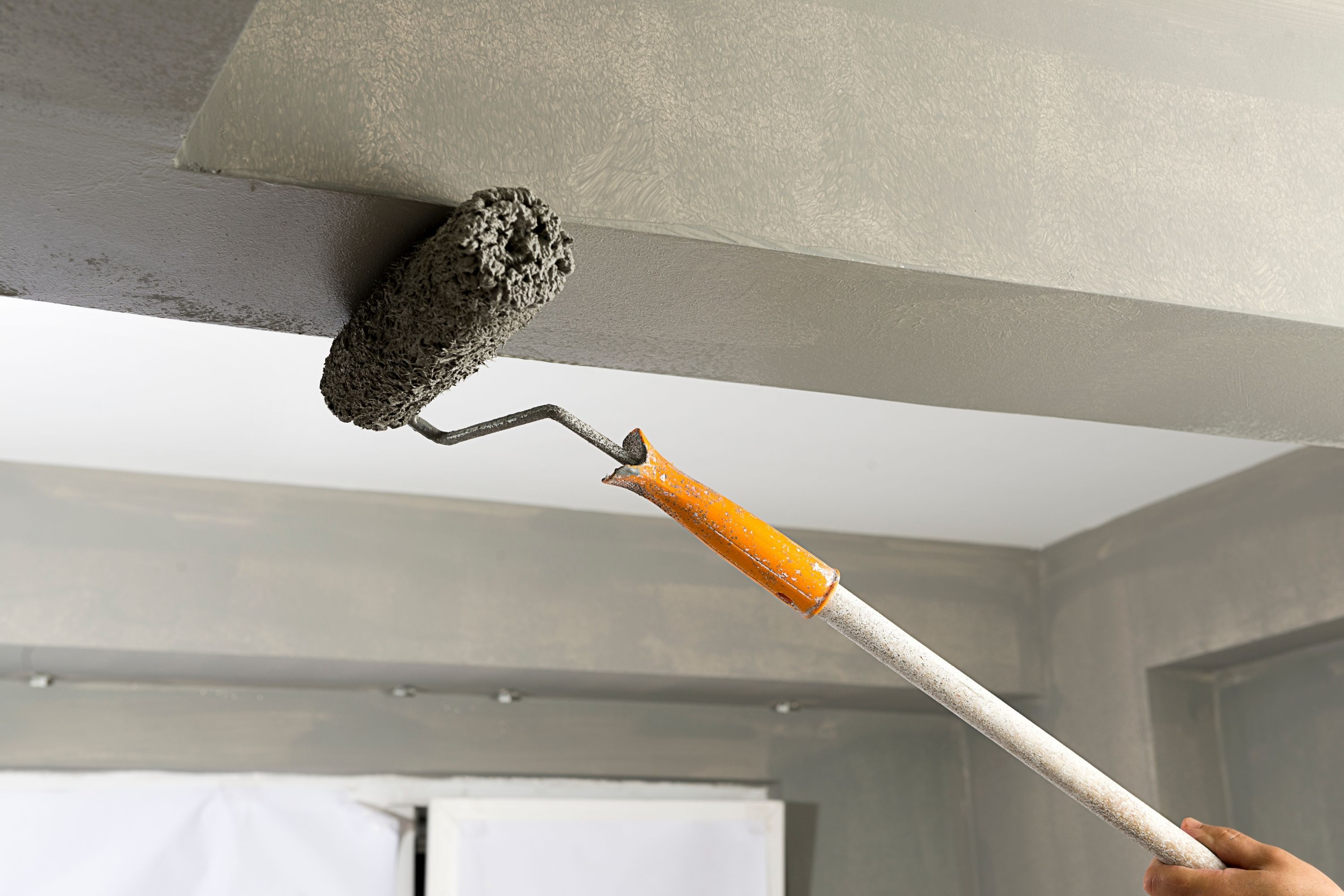
Credits: Leventkonuk, via Canva.com
What Effects Can Be Achieved If You Make Use Of a Wall Paint?
The result that you may achieve when using a wall paint will mostly depend on the characteristics of the paint. For instance, you can use a combination of high-gloss and matt paints to create texture.
Latex, matt paint, is velvety smooth and opaque. It can hide imperfections and give the walls a rich color. The only possible downside is that it will be pretty hard to clean! You would want to make use of this paint in low traffic areas in your home, such as the primary bedroom.
There are also other options, for example, eggshell and satin.

Credits: parajarosvolandphotos, via Canva.com
They are a bit more durable and also they have some sheen. But in case you are looking for more sparkle, as well as durability, we would recommend you pay closer attention to semi-gloss and high gloss options.
So, this is what we were going to share with you today on the topic of wall paints and ceiling paints. Now you know that ceiling paints are more viscous which prevents them from dripping while drying.
Also, you found out that wall paints are easier to handle (especially if they are the water-based ones) and clean up after.
Finally, we provided you with several major factors that make these two types of paint – the wall paint and the ceiling paint – distinct. With all that in mind, you will now be able to pick up the most suitable type of paint for your home renovation and painting projects easily.
Ever wished paint sampling was as easy as sticking a sticker? Guess what? Now it is! Discover Samplize's unique Peel & Stick samples. Get started now and say goodbye to the old messy way!
Get paint samples




Frequently Asked Questions
⭐ What white paint is best for the ceilings?
If you want a flat white ceiling, then opt for a dull sheen white interior latex paint.
⭐ What paint do you use on ceilings?
It’s either flat or the eggshell finish.
13 thoughts on “What Is the Difference Between Ceiling Paint And Wall Paint?”
Leave a Reply

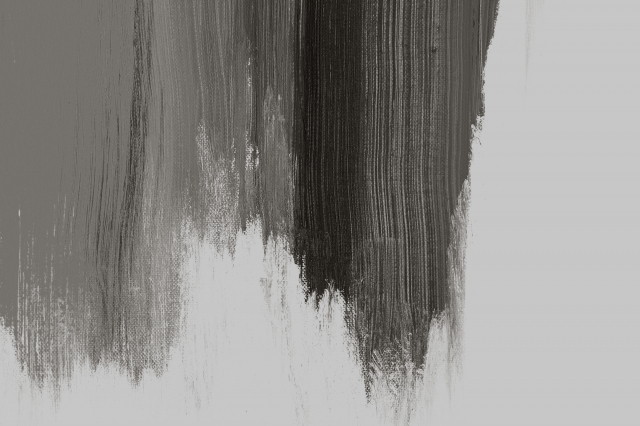
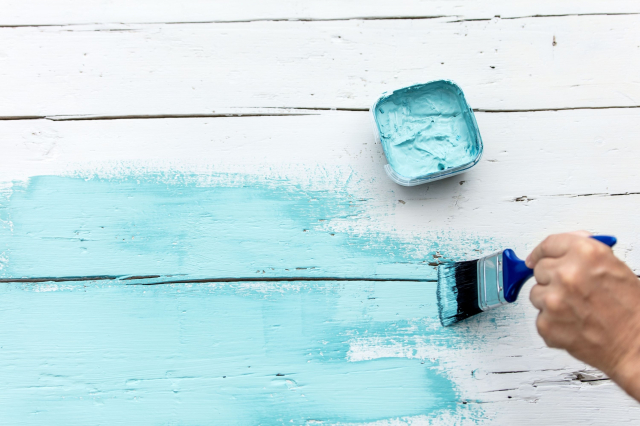





Can you tint ceiling paint to change its color a bit? I used to have white ceilings until now, but I’d like to experiment and try another, more colorful options!
Hi! Could you please recommend the best ceiling paint that will last long without the need of reapplying it regularly?
Hello! The best type of paint to use on ceilings is a flat, matte acrylic paint. That’s because flat paint will not reflect light or draw attention away from the wall and room furnishings/decor. Also, since ceilings don’t get much wear and tear, a glossy, durable paint is not necessary.
Will ceiling paint work if I use it on walls?
Technically, you can paint your walls using ceiling paint, of course. The question is what you will get in the end. See, people usually don’t use ceiling paint on their home interior walls for several reasons. First, this paint has limited color palette. Second, unlike wall paints, the paint designed for ceilings has flat appearance and higher viscosity. Your walls might not look pretty good if you paint them with ceiling paint.
We’re planning to repaint the walls all over the house (that’s three bedrooms, the living room, and the kitchen, plus the bathroom and corridors), and I have a plan to cut the expenses a bit. I’m thinking of using ceiling paint on walls! But here is the question: is ceiling paint cheaper than wall paint? Because if they cost the same, then there’s no sense in using another paint type!
On the contrary, ceiling paints are typically a bit more expensive than wall paints. So, in your case, I’m sure you’d better stick to regular wall paint!
Can I use wall paint on ceilings? Will it work the same well?
I guess that technically, these paints can be used interchangeably, but there might be the difference in sheen. Ceiling paints are typically not very glossy.
I want to paint my bathroom walls. What shall I consider before I start? Thanks.
Well, first of all, you need the paint that is water-resistant and mold-resistant. Also, choose the color properly. If your bathroom is small, dark colors will make it look even smaller so opt for lighter ones instead. Also, the paint must be easy to clean once it dries.
How can I make my small room look larger with only paint? Are there ane tricks for that?
Well, try to use the lighter color on walls and ceilings. It will make the room look more spacious. You can even use the same color on both the ceiling and the walls! It will make the room feel bigger.